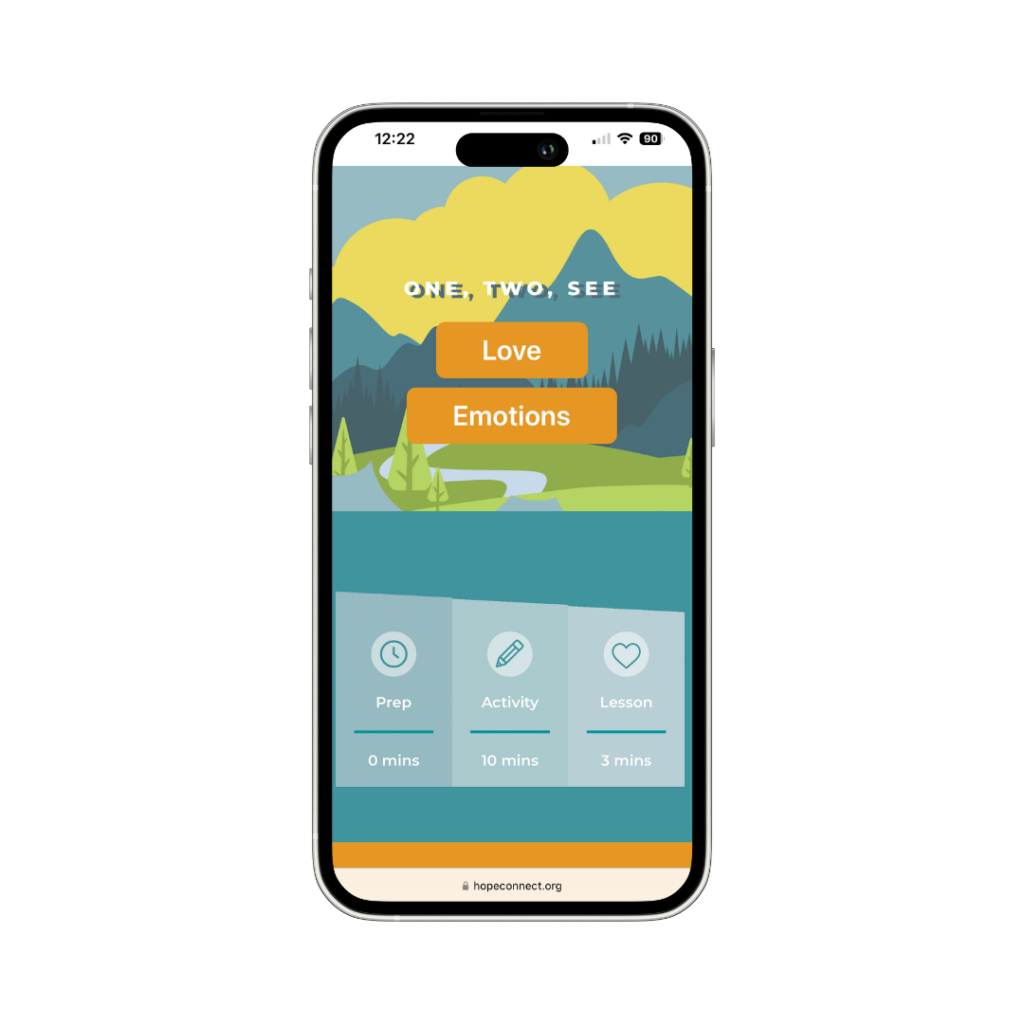Take a moment to remember the last time you interacted with someone who spoke a different language from you.
How did it feel to try and communicate with someone whose words, actions and customs were completely different from your own?
When our children go to school, their experiences can sometimes feel like this.
Each of our children are unique, and, as a result, they all have different learning styles.
If a child is naturally inclined to learn a specific way, receiving instruction in a different format can feel like they’re speaking to someone in a different language.
This is the third article in our Back to School Collection, a six-part series designed to equip you with the skills and strategies you need to start this fall semester off on the right foot. See our previous articles here:
The 4 Learning Styles
As parents and caregivers, we are our need to be our children’s biggest advocates. And now as we prepare to enter the start of a new school year, it’s a great opportunity to learn about our children’s learning styles.
In her book, The Way They Learn, Cynthia Ulrich Tobias outlines four different learning styles that are most common to children.
They are:
- Concrete Sequential (CS)
- Abstract Sequential (AS)
- Abstract Random (AR)
- Concrete Random (CR)
Read on to learn more about the four learning styles and how they can impact your children.
Concrete Sequential (CS)
Children who are Concrete Sequential learners most heavily rely on facts to drive their decision-making process. Additionally, students who fall into this category are often defined as conventional, dependable, and organized. These children are often detail-oriented, and they thrive when they have schedules and clearly defined systems to follow.
If your child is a CS learner, consider investing in a planner for them so they can write down their daily tasks each day. Planners typically help students with this learning style because they can clearly track their homework and school assignments in a way that makes sense to them.
Additionally, keep in mind that many CS learners do their best work independently. As a result, they may struggle to complete group work due to the lack of or change in structure.
Abstract Sequential (AS)
Abstract Sequential learners are most motivated by understanding the abstract principles that govern books, ideas, and academic theories. Students who are AS learners are often described as analytic, knowledgeable, and deliberate. Children who fall into this category usually excel at research and gathering data to make decisions.
If your child is an AS learner, they will likely prefer to learn from teachers who are subject matter experts in their field. Additionally, these students usually enjoy research projects or debate clubs because they have the opportunity to prove arguments using solid lines of reasoning.
It’s important to note that students who are AS learners might struggle if they become interested in researching a topic but don’t have time to study it thoroughly. Additionally, children with an AS learning style might also have difficulty being “diplomatic” or expressing their emotions with their teachers or peers because they are primarily concerned about facts.
Abstract Random (AR)
For Abstract Random learners to be interested in a subject or class, it needs to have personal relevance to them. These types of learners are often described as being sensitive, compassionate, and imaginative. If your child is an AR learner, there is a good chance they’re well-liked by their peers. They also probably have a strong emotional intelligence.
If your child is an AR learner, they will most likely make heart-led decisions. Additionally, these types of students generally have high morale and are enthusiastic about almost any task placed in front of them. AR students generally work well with their peers.
On the other hand, children who have an AR learning style might struggle in competitive environments. For them, group harmony is extremely important, so classrooms that are driven by competition might be challenging for them.
Concrete Random (CR)
Students who identify as Concrete Random learners are driven by compelling reasons. Common words to describe these types of students include quick, creative, and adventurous. Students with CR learning styles usually inspire others to take action, and they’re great at visualizing the future.
If your child has a CR learning style, they will likely thrive in classroom environments where their teacher allows them to experiment with processes and systems. That’s because CR learners are quite innovative, and they enjoy finding new methods for completing typical tasks. Additionally, these students believe experience is the best teacher, and they learn best by doing.
Conversely, students with a CR learning style may struggle with following routines or adhering to strict rules or limitations. They may also be less inclined to show their work and processes in math class, for example. Furthermore, students who are CR learners might also feel frustrated when they feel like they have no options in a given situation.
KEY TAKEAWAY
As parents, we want what is best for our children. However, understanding how to properly support our children and their unique learning styles can be stressful at times. If you’re feeling overwhelmed by your child’s learning journey, remember the Bible teaches us each person was made perfectly in God’s image. God specifically selected your child’s unique learning styles, and they should be celebrated.
Thank you for making me so wonderfully complex! Your workmanship is marvelous – how well I know it. ~ Psalm 139:14 (NLT)
APPLICATION
In our day-to-day lives, it can be hard sometimes to see the bigger picture. We get lost in the details of our weekly routines, and it can be easy to forget that God has beautiful, wonderful plans for our lives. Spend some time with your child reading A Wonderful Work in Progress — a story that reminds us if we’re still alive, God isn’t done molding us into new creations yet.
Find this game and more now in the Everyday Moments™ activities collection!





